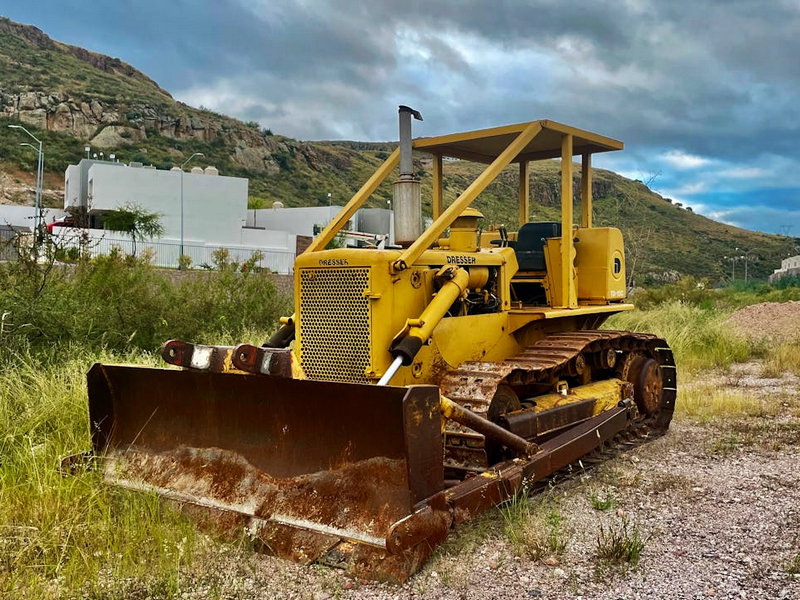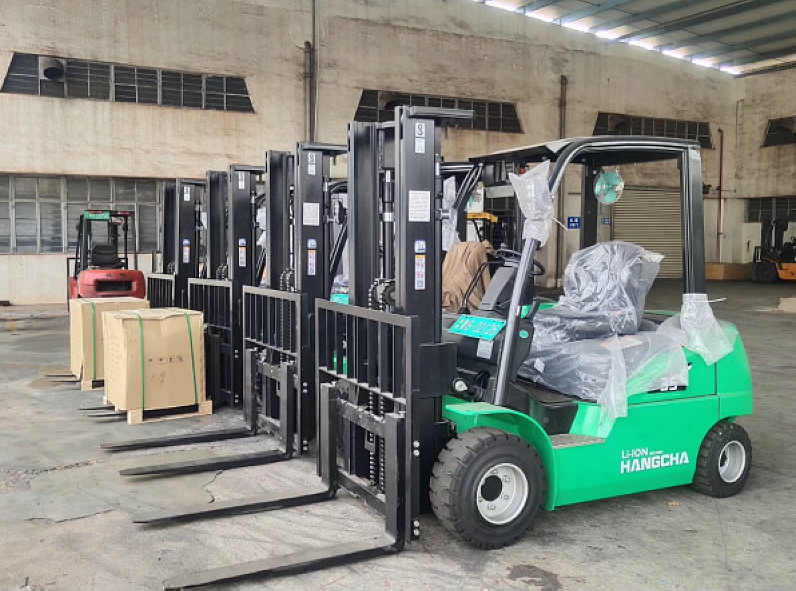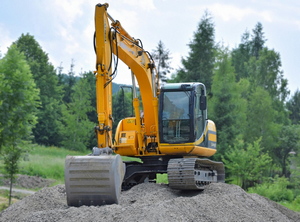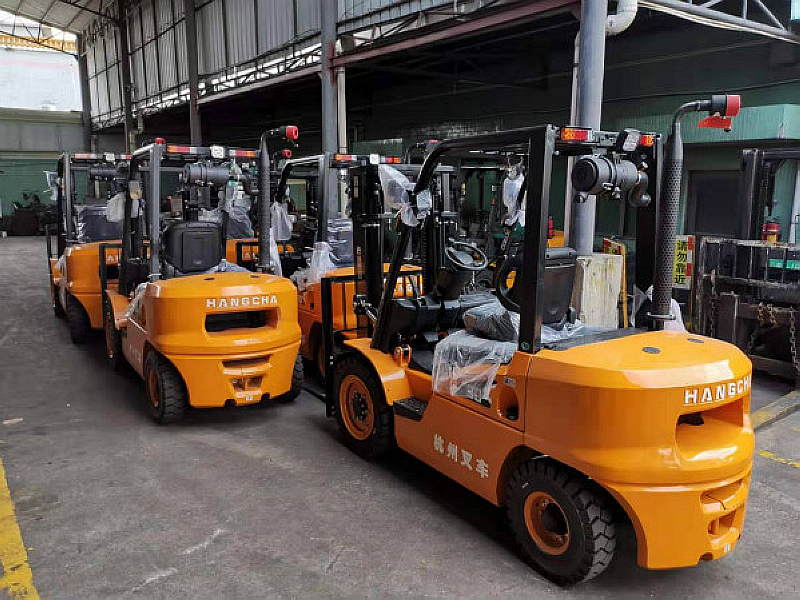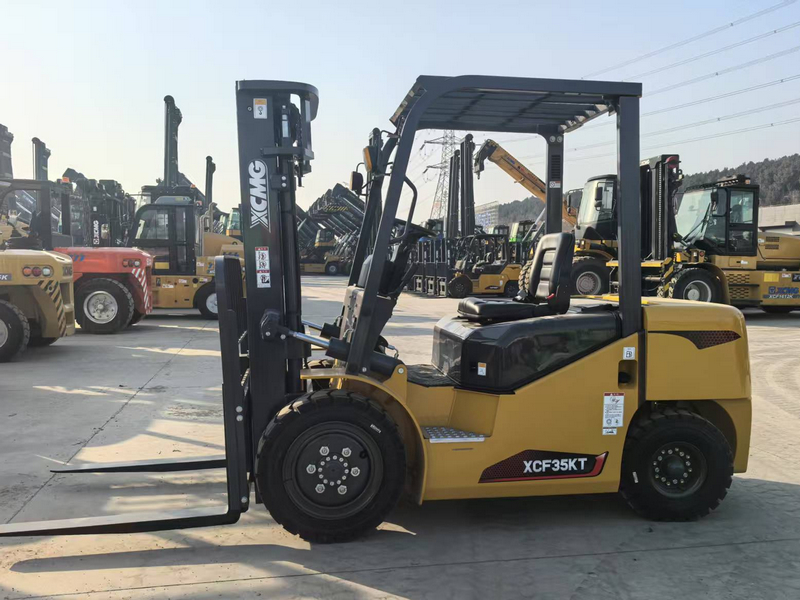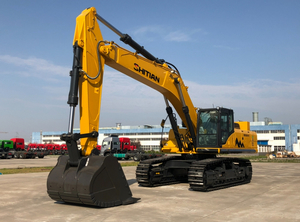In the daily use of excavators, many owners and operators will encounter the cylinder surface becomes blue, purple or even black. At first glance, this phenomenon is worrisome, worrying that the cylinder material problems or equipment quality defects. In fact, the cylinder discoloration is a more common phenomenon in the excavator's high-intensity operating environment, most of which is not due to failure, but the cylinder surface formation of the “oxide film” or “adhesion film”, is the use of physical changes in the process.
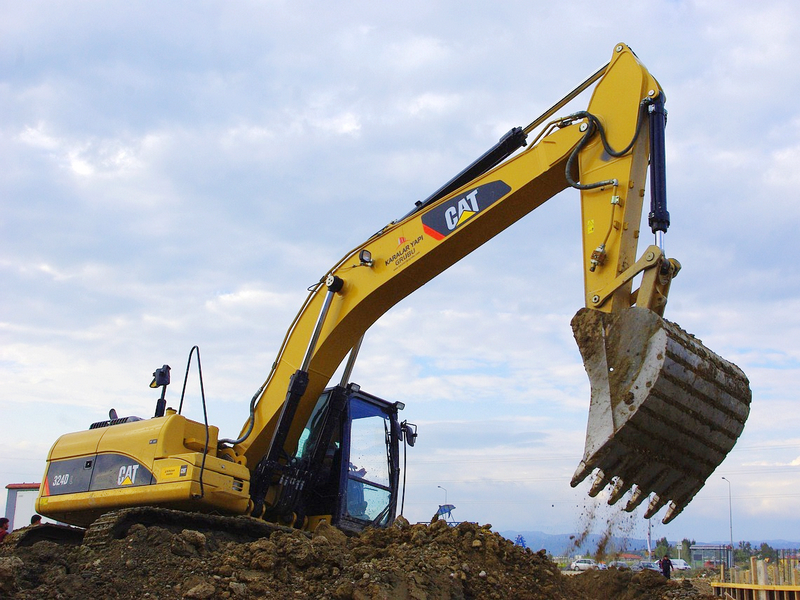
The nature of the discoloration phenomenon
The discoloration of oil cylinder usually manifests itself as a gradual deepening from light blue to dark purple and black. This discoloration is not a change in the color of the steel itself, but due to high temperature, chemical reaction or additives left on the surface of the formation of colored film. For example, the hydraulic oil in the extreme pressure anti-wear additives, in high temperature conditions and decomposition of the piston rod surface, there will be visible color changes.
Common Causes
· Hydraulic oil temperature is too high: in continuous heavy load, high frequency action, cold start, etc., the hydraulic oil temperature is easy to rise, the cylinder surface temperature rises, which in turn causes changes in seals, oil or structural components, triggering discoloration.
· Non-original hydraulic oil or oil mixing: the replacement of incompatible hydraulic oil, especially oil containing different additives, is very likely to cause abnormal deposition of oil film. Especially in the first few days after replacing the oil discoloration is more obvious.
· Environmental temperature difference, hot and cold alternating violently: in the northern winter or plateau mining areas and other cold environments, hot machine operation and low temperature air alternating violently, so that the surface adhesion of rapid cooling and solidification, the formation of color changes.
· Plating defects or wear parts wear: piston rod surface plating layer if the temperature control is not appropriate, the late easy to appear micro-cracks, in the high temperature and high pressure to further diffusion, sediment embedded in the formation of color difference.
· Friction reaction between oil seal and wear-resistant sleeve: Under high temperature, certain elements (such as lead) in the oil seal material and wear-resistant sleeve may precipitate and adsorb on the piston rod, forming a black attached film.
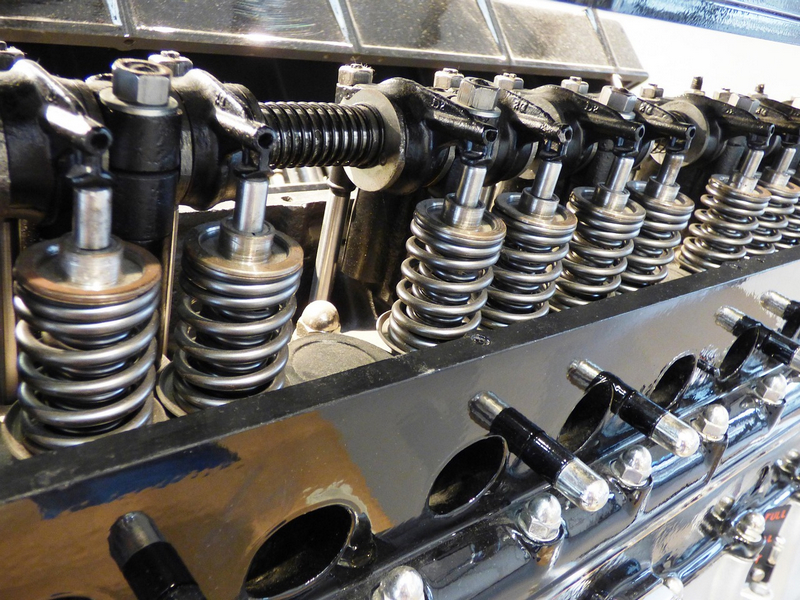
Does it need to be treated?
Slight discoloration is only a superficial phenomenon and will not affect normal operation, so generally no treatment is required. If any of the following occurs, it is advisable to have it checked as soon as possible:
· Large dark discoloration with pull marks or deformation of the oil seal;
· Simultaneous occurrence of oil leakage, abnormal oil temperature and other conditions;
· The discoloration continues to spread, affecting the piston rod finish.
Suggested measures include: replacing the aging seals, checking the state of the wear sleeve and oil seals, troubleshooting temperature control problems in the hydraulic system, and using the special hydraulic oil recommended by the original manufacturer. Daily should also regularly clean up the cylinder external sediment, to avoid impurities attached to exacerbate the reaction.
Discoloration of the cylinder is common, but behind may reflect the temperature control, oil selection or maintenance weaknesses. Understand the causes of discoloration and take scientific preventive measures to ensure that the excavator hydraulic system continues to operate stably and extend the service life of the machine.
-
CATERBE Company Halloween Outing Day2025 / 10 / 31
-
CATERBE One Year Anniversary, Go Further Together2025 / 07 / 01
-
CATERBE Visited Wuyuan, Went to the Poetic Journey2025 / 06 / 05
-
CATERBE 2025 Annual Meeting: Gathering Together to Move Towards Brilliance2025 / 01 / 17
-
CATERBE Celebrates Christmas with Endless Joy2024 / 12 / 25
-
CATERBE's Housewarming Celebration2024 / 11 / 11
-
CATERBE Halloween Carnival: A Unique Two-Day Celebration2024 / 11 / 01
-
China’s Largest Exported All-Terrain Crane Sets Sail Again2025 / 12 / 18
-
ZOOMLION Empowers Chinese Cranes to Go Global2025 / 11 / 24
-
YTO Group Appears at ICE&PE 20252025 / 11 / 14
-
New Electric Power! LGMG Makes a Splash at LogiMAT Southeast Asia2025 / 10 / 20
-
XCMG Crane Wins Prestigious Asian Award2025 / 10 / 11
-
ZOOMLION's Self-Developed Power Batteries Successfully Pass New National Standard Tests2025 / 09 / 15
-
LINGONG Heavy Machinery Partners with Equipment Provider at Finland's Maxpo Exhibition2025 / 09 / 02





